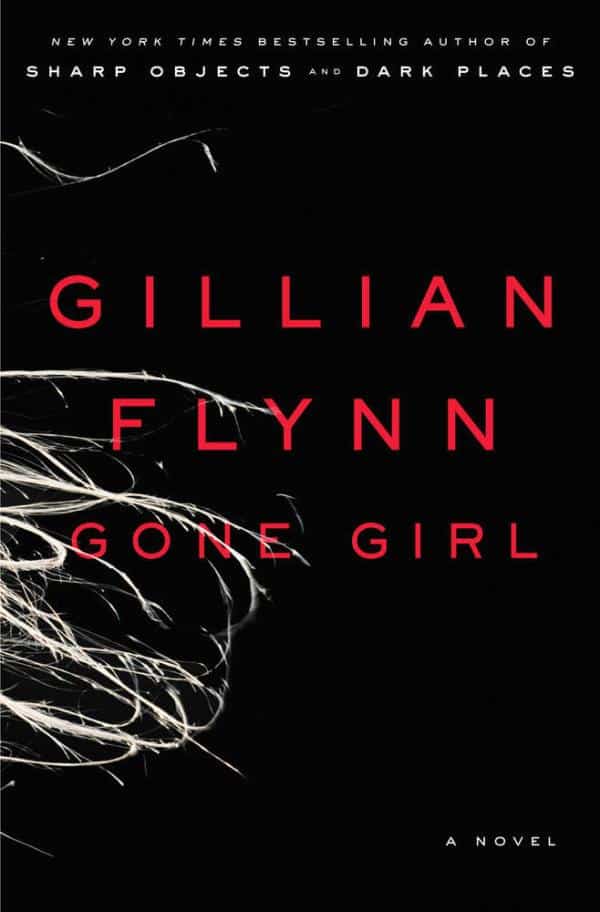Five Keys to Great Book Adaptations
Maya Reddy ‘17 / Emertainment Monthly Staff Writer
When a book is good, the immediate response from fans is a clamor for it to be adapted. As well as a clamor for it to not be adapted. An adaptation through whatever medium often becomes a point of contention for fans. Some love when their favorite book is adapted. Some wish the adaptation stayed truer to the book. Some wish the adaptation had never happened at all..
Looking at an adaptation in regards to how good it is by itself can be difficult and contradictory. Contradictions and all, here are five keys to a good adaptation.
- Choosing the right book to adapt.

No other medium gets into a character’s head like a book, and sometimes it’s best to let a book stay a book. The best kinds of books to adapt are those that verge on already being a visual experience for the reader – books that hinge on the action of the story and the characters. A good example of this type of book would be Gone Girl by Gillian Flynn, which was a novel that was not just action-filled in the traditional sense, but action-filled in the sense that the book almost read like a movie.
- Choosing the proper medium to adapt a book through.
Book to film adaptations tend to be the accepted idea of what a basic book adaption should be, which heavily limits the opportunity for higher quality adaptations. In recent years, there has been a rise in adapting books (especially book series) into television series, which has been wildly successful. From HBO’s Game of Thrones to Starz’s Outlander, television adaptations have been extremely profitable.
This is especially important when looked at in regards to a series heavily featuring children; a TV series allows for a lot less of that urgency that’s always an undertone for movie franchises in which the children grow up too fast. Hopefully, this point will be proven further in the upcoming Netflix A Series of Unfortunate Events TV series based off of the book of the same name by Lemony Snicket. This 13-book series exemplifies how adapting the story another way just wouldn’t work, especially when comparing it to the rushed 2004 film adaptation that contained three books in one movie.
- Straying as far as possible from the book.
This one is definitely a hit or a miss, and may seem like something more applicable to adaptations of bad books rather than good books. However, the real importance of this key is how competent the adapter is. This concept rarely works, but with the right person taking the helm of the process, it can be the key to what makes the adaptation great. For example, the Hayao Miyazaki adaptation of Diana Wynne Jones’ novel Howl’s Moving Castle may be one of the best-animated film adaptations of all time and it is nothing like the novel. Because Miyazaki displays such a natural whimsy and creativity without the help of the book, this novel (which is great in its own right) only really serves as a basic starting-off point for a movie that ultimately shouldn’t even be considered an adaptation.
- Staying as true to the book as possible

- Capturing the heart of the book.
Whether or not one follows any of these conflicting keys to a good book adaptation, the ultimate and most important key to a good adaptation is maintaining the heart of the book. There’s a reason a book is being adapted – at its root, it must have connected with enough readers to gain such traction, and it’s doing a disservice to the fans to lose the integrity of the story’s subject.
The beloved novel by Roald Dahl, Matilda, is a book that has been adapted in a way that charmed many readers. Its 1996 adaptation, directed by Danny Devito, strayed quite a bit from the novel, yet it’s not remembered for not being true to the text. That’s because the movie portrays the heart of the novel effortlessly and brings Matilda to life with all the necessary precociousness and good-naturedness.
Obviously not all of these keys can be taken into account of just one adaptation. Furthermore, there are exceptions to every rule – there have been plenty of successful movie adaptations that didn’t need to be action-focused (such as Ang Lee’s Life of Pi), and most of the other examples of good book adaptations directly defy the other keys. But these keys serve as a proper groundwork for looking at adaptations structurally and in an unbiased manner.
You have to have great casting as well. Sites like The Bookcaster are finally giving fans of books the option to cast their favorite actors. Maybe Hollywood will take notice?